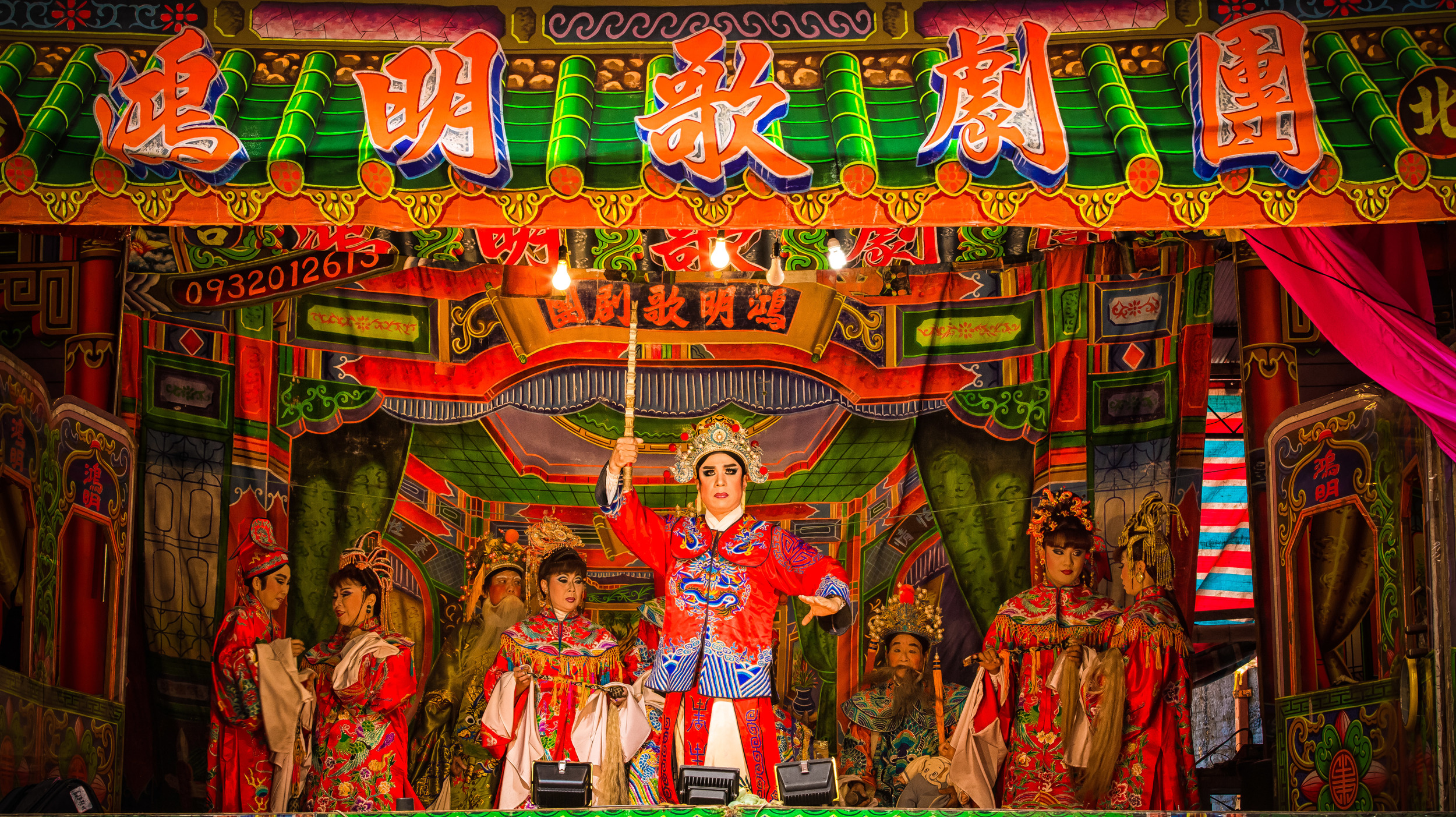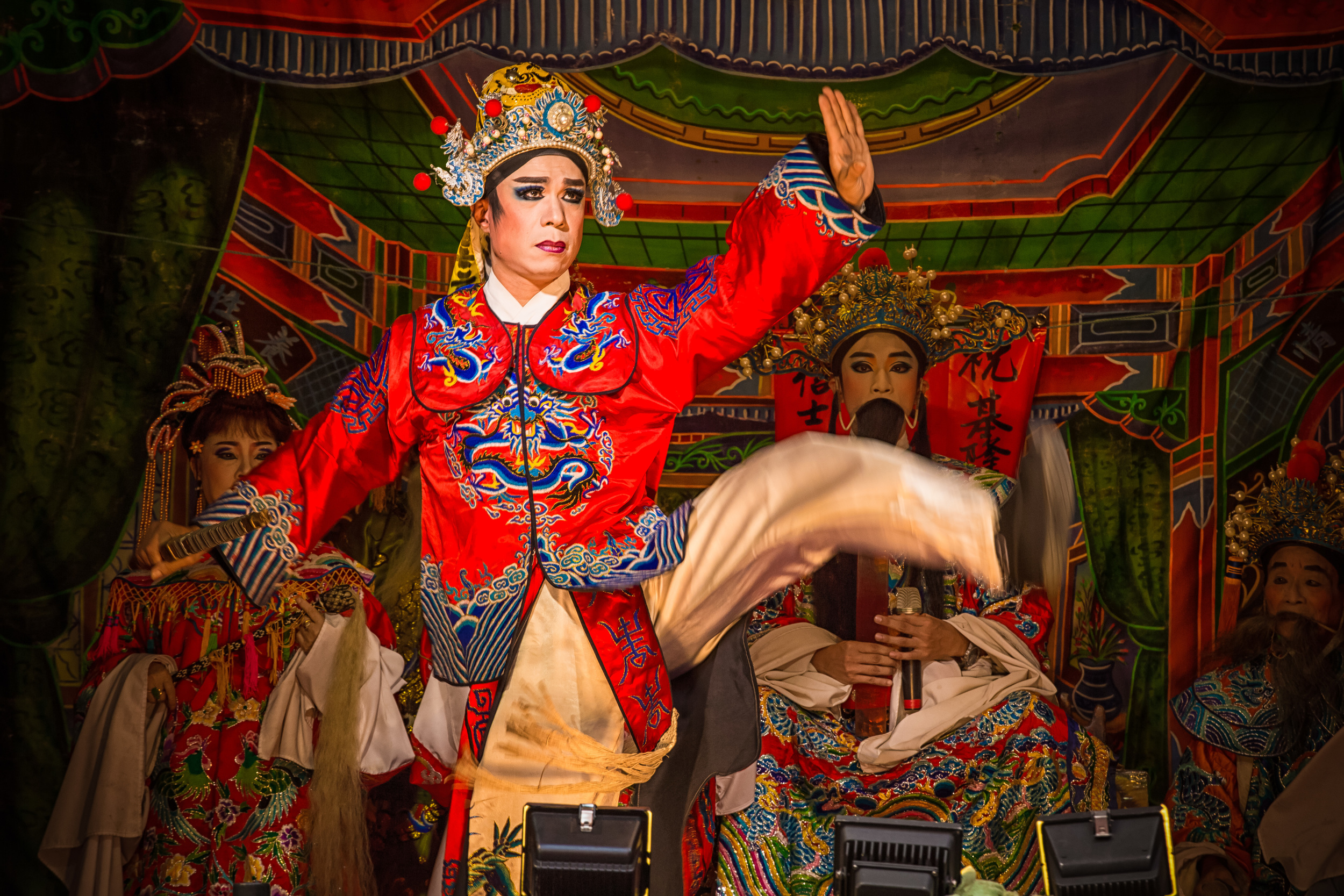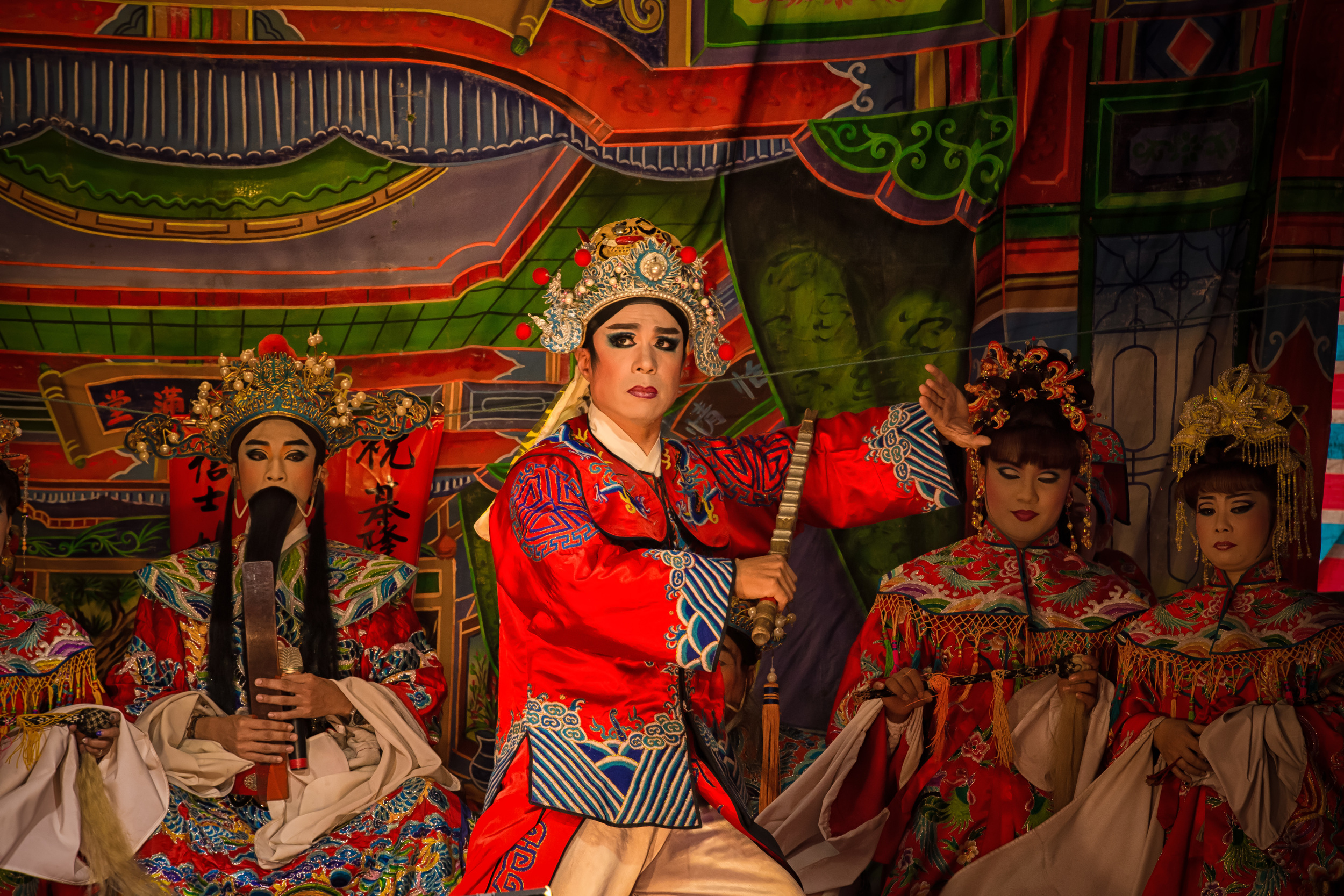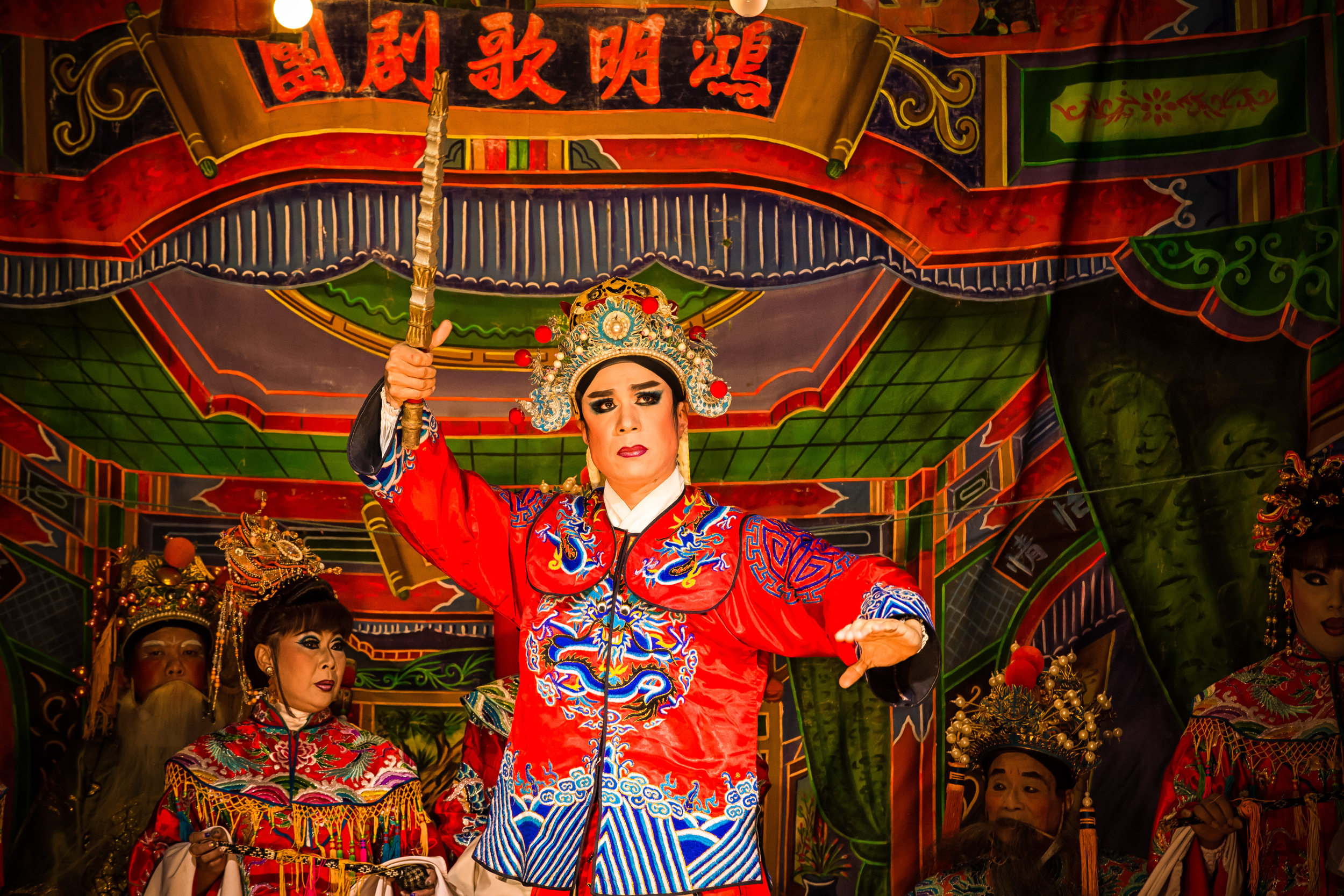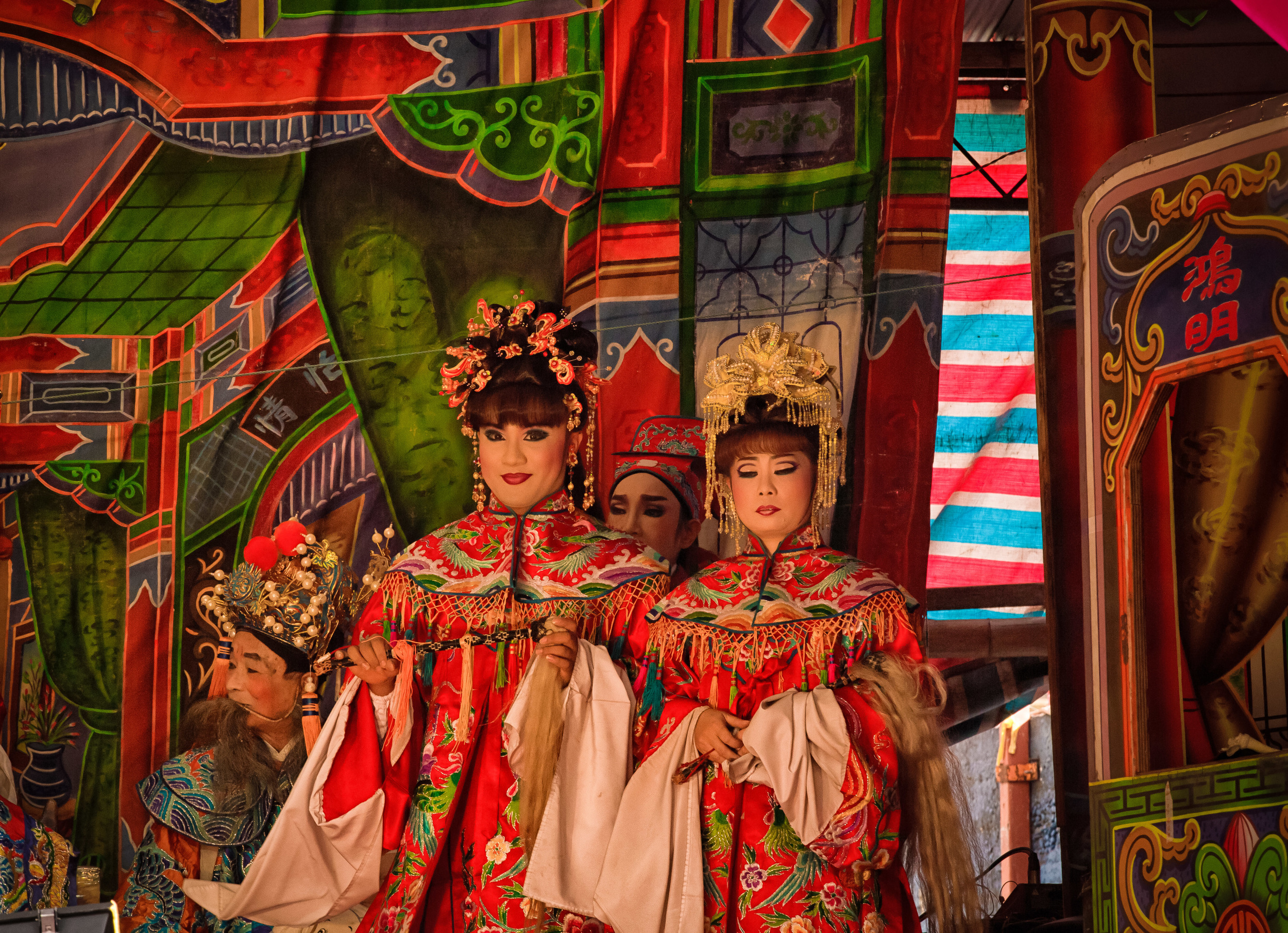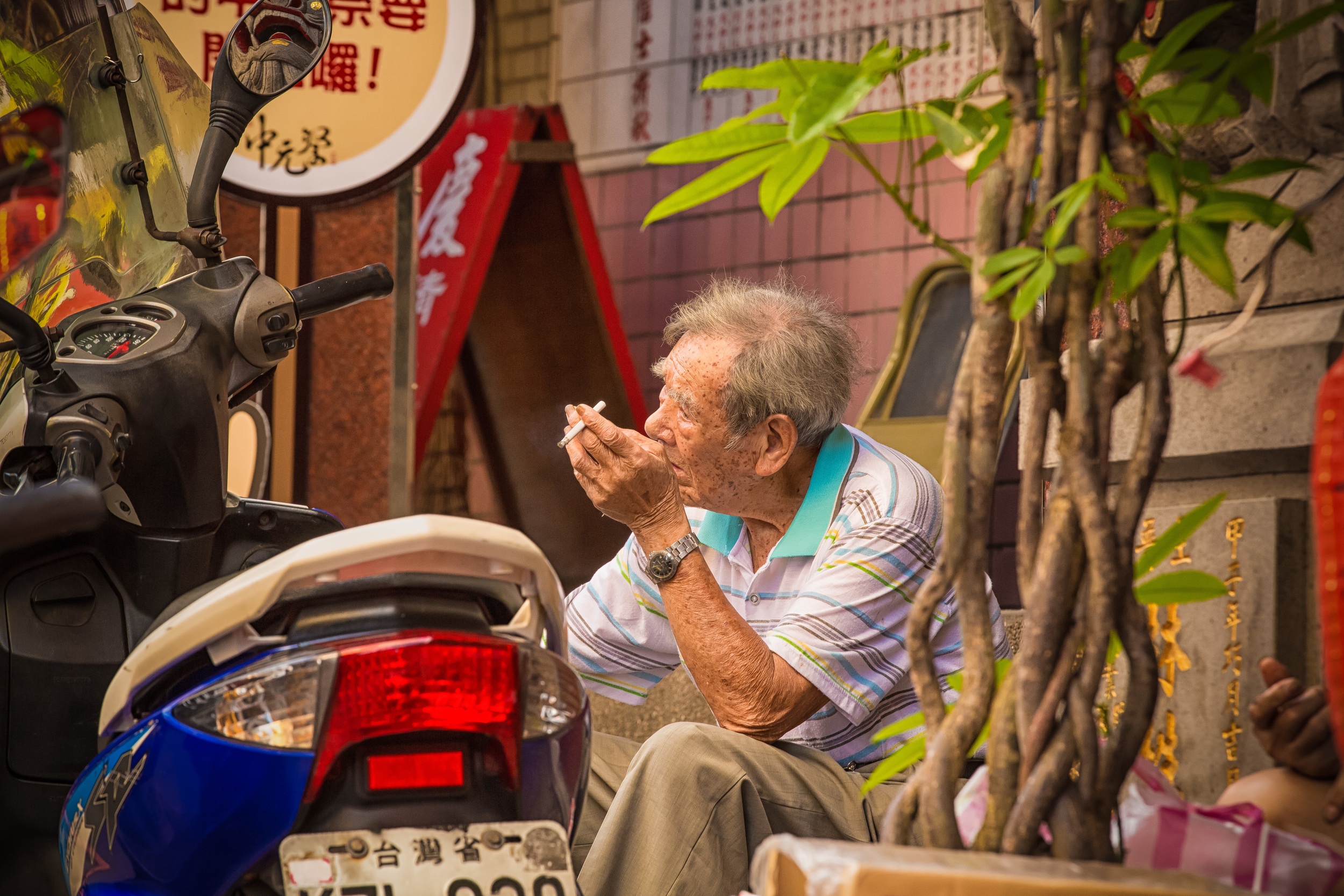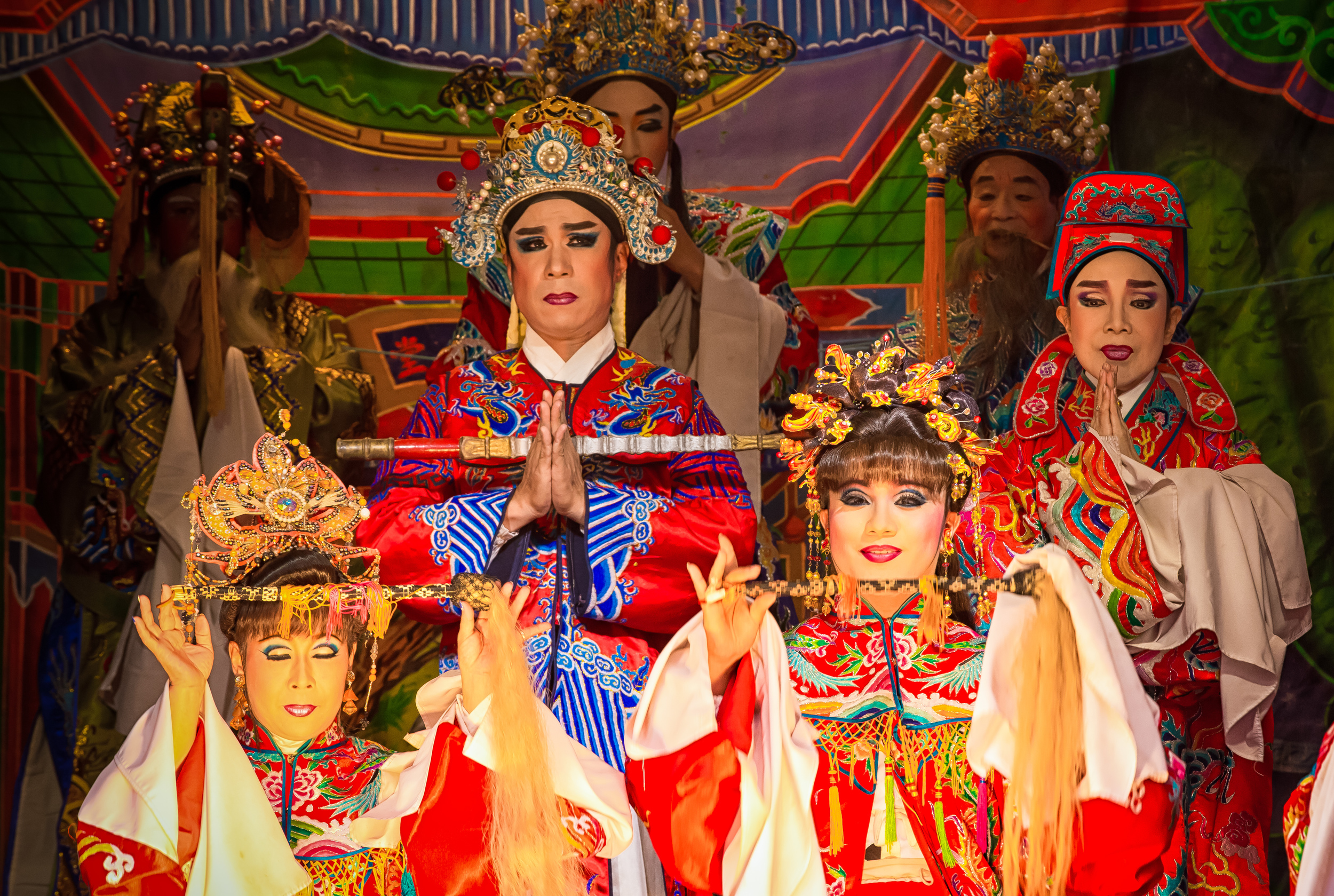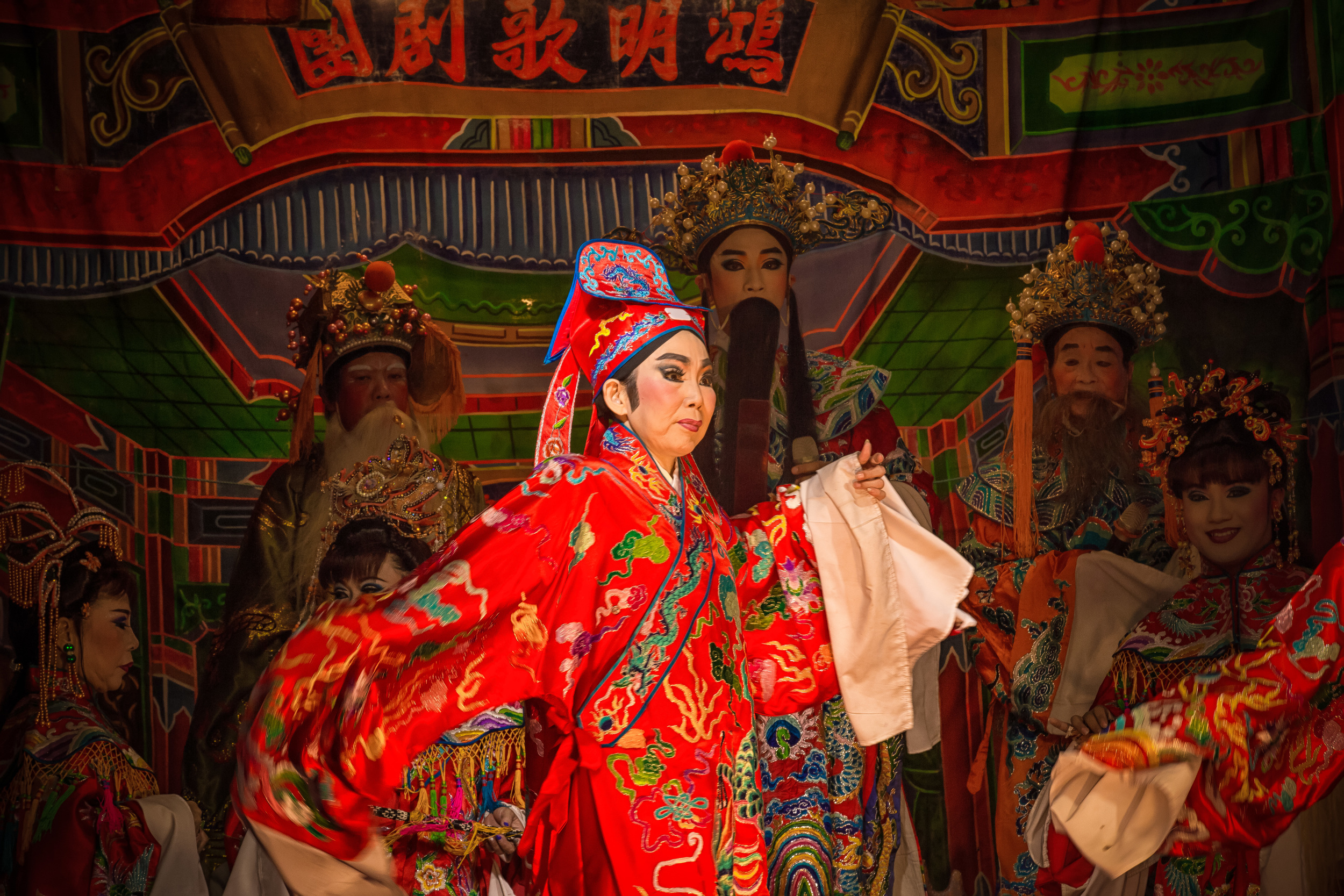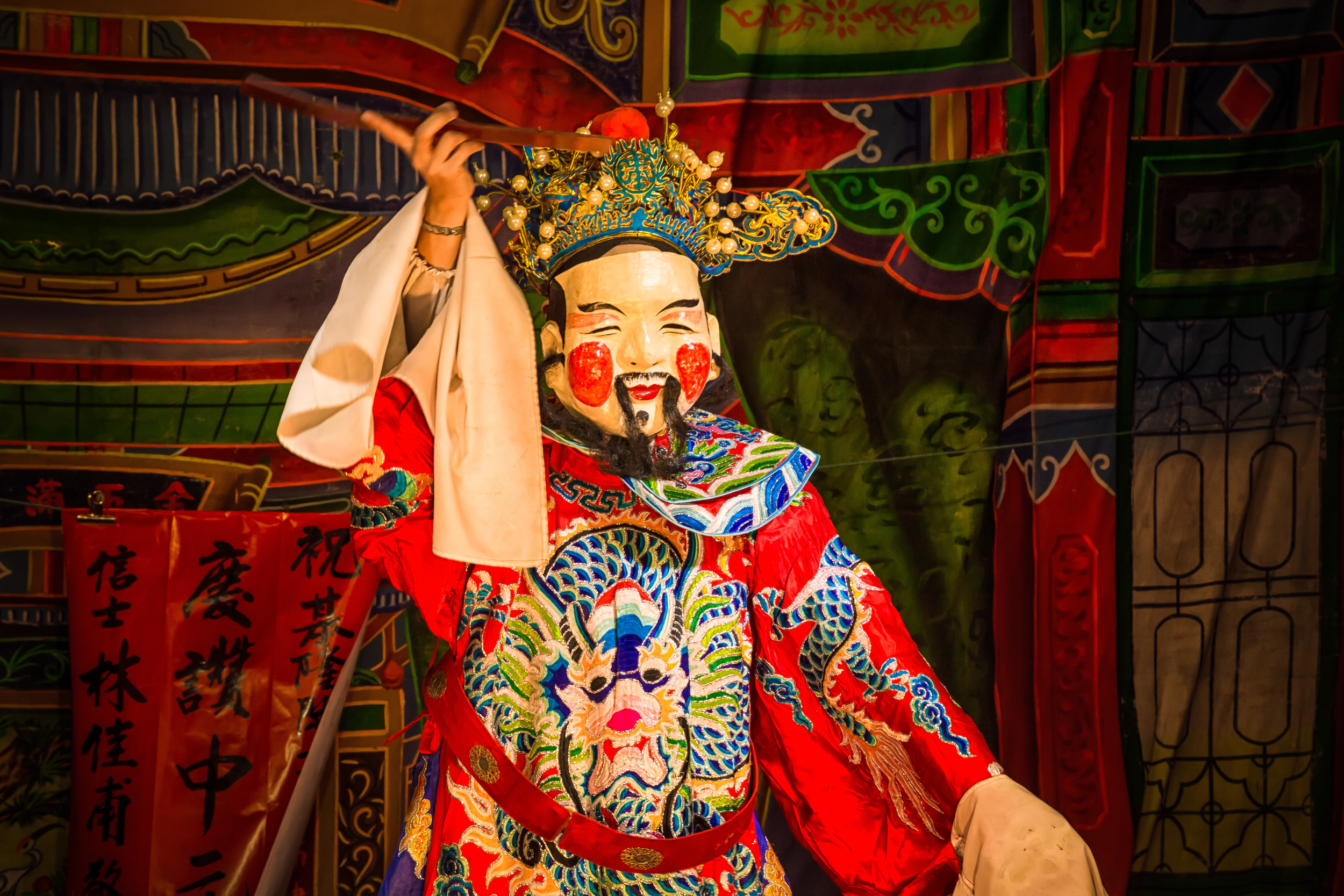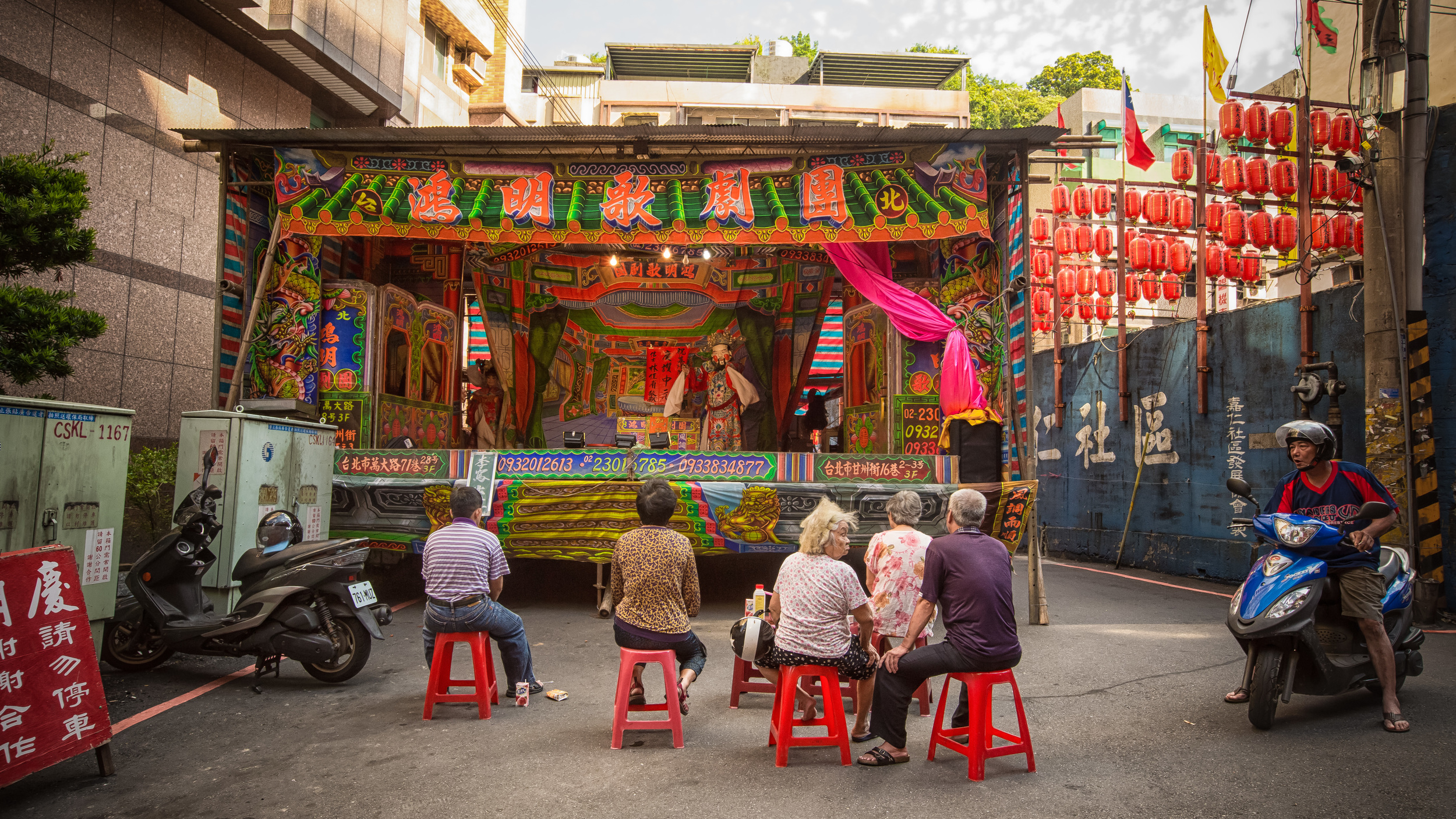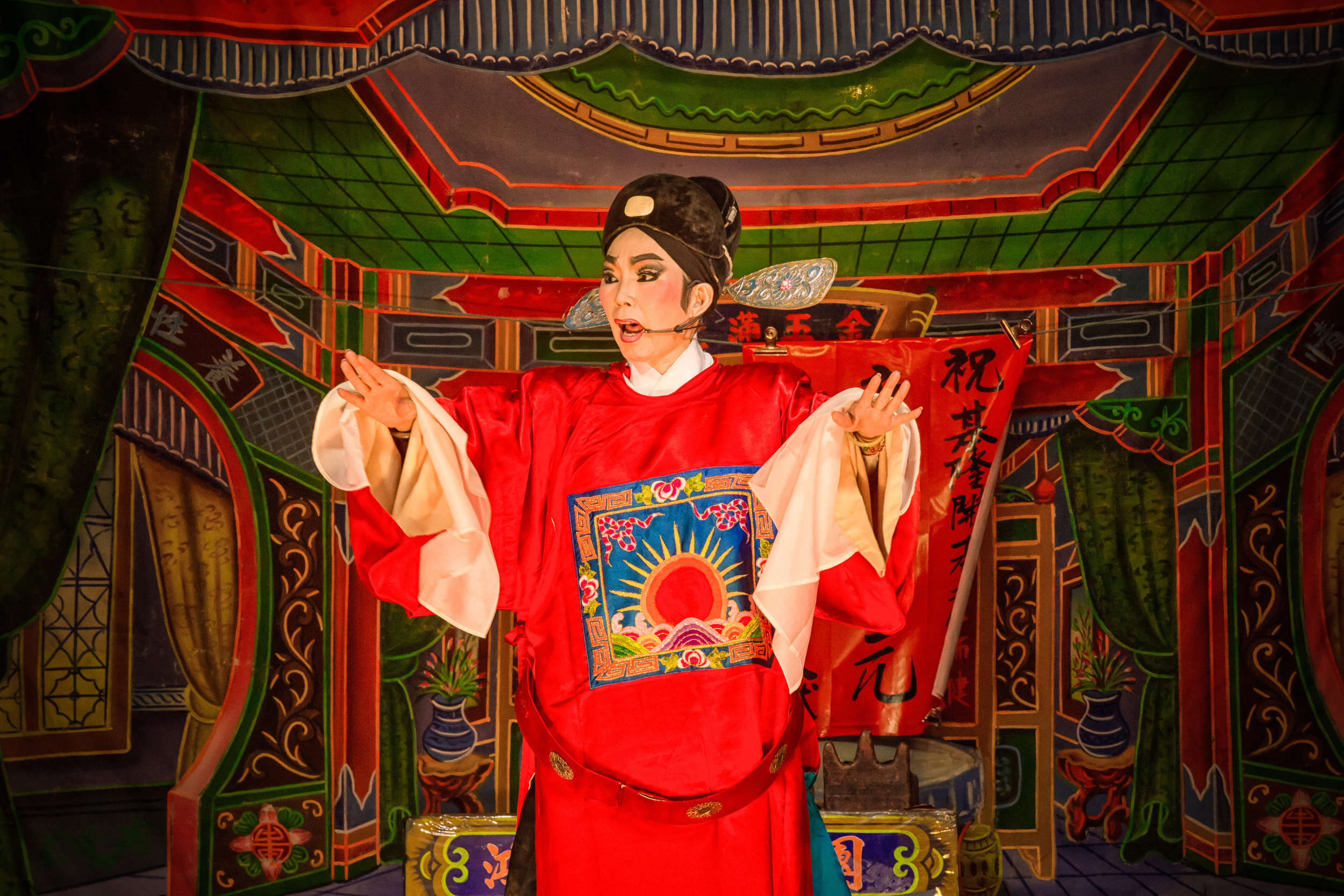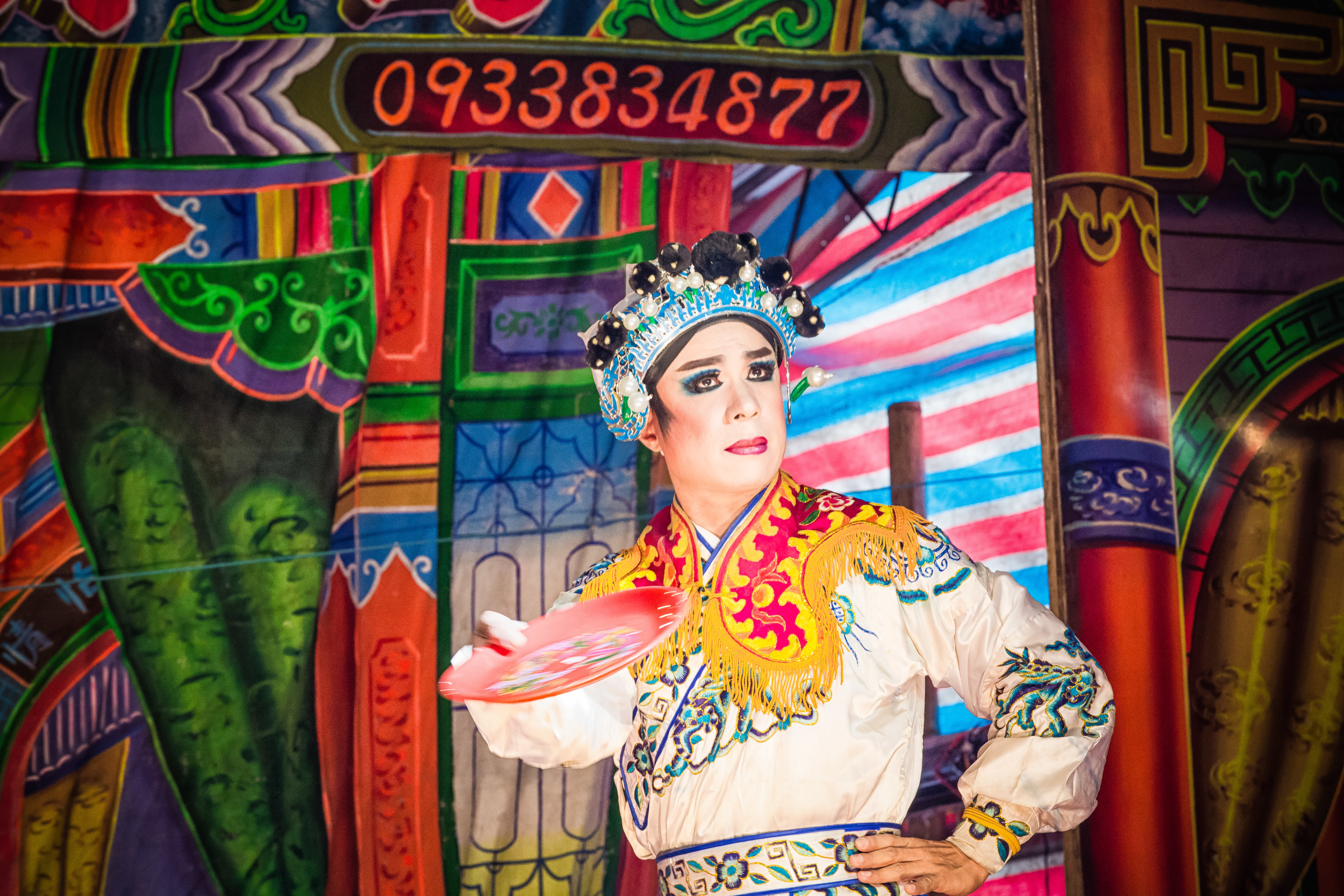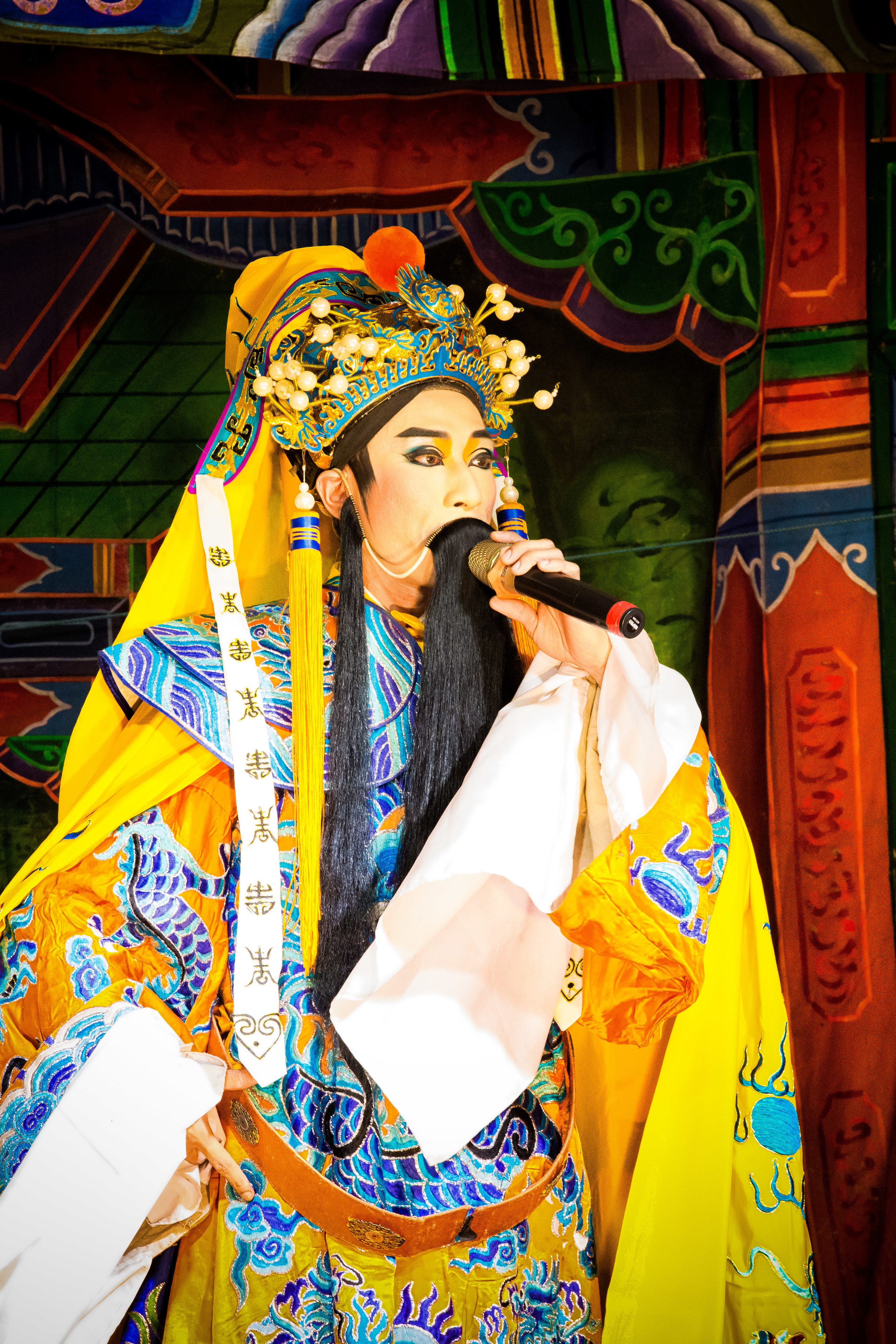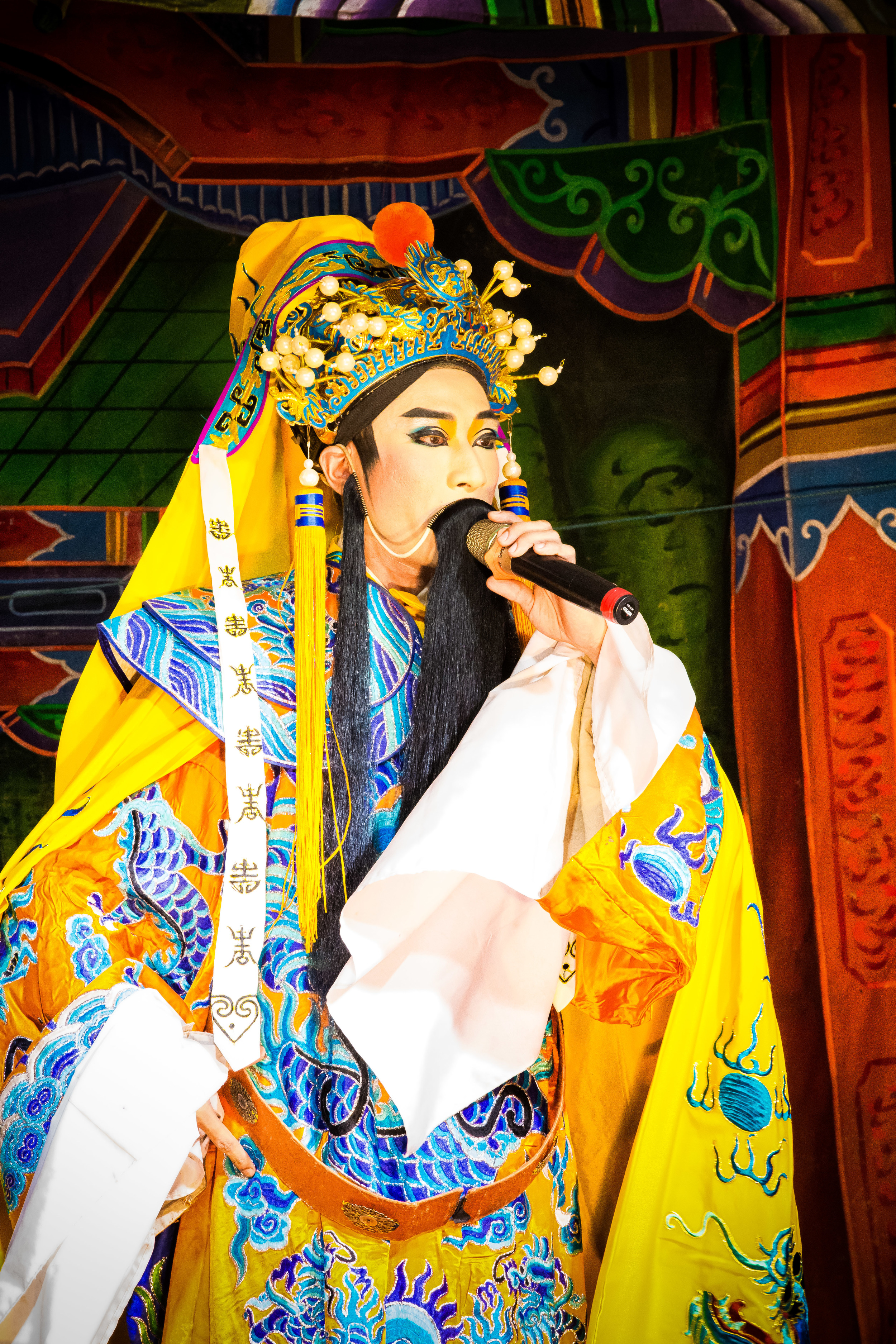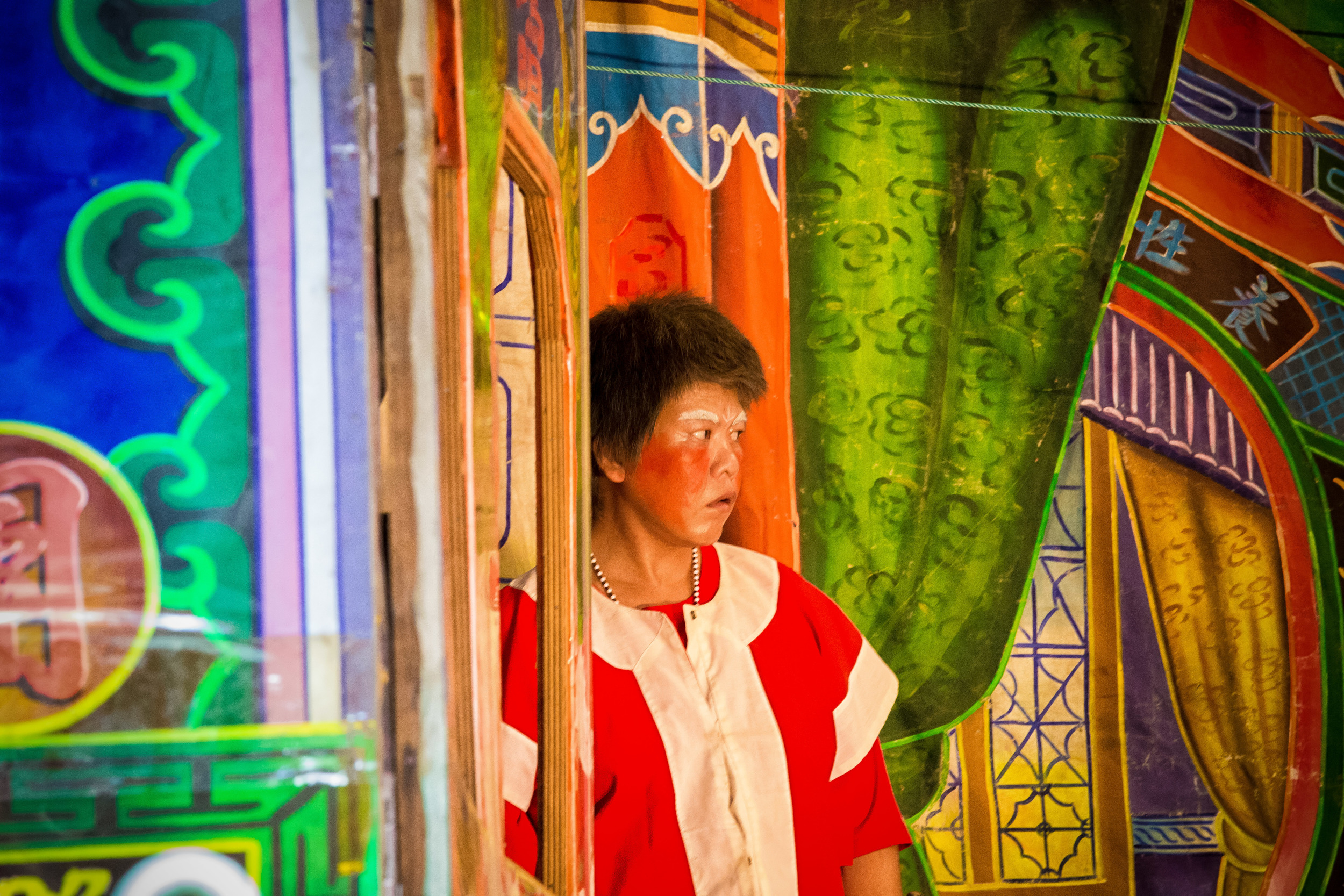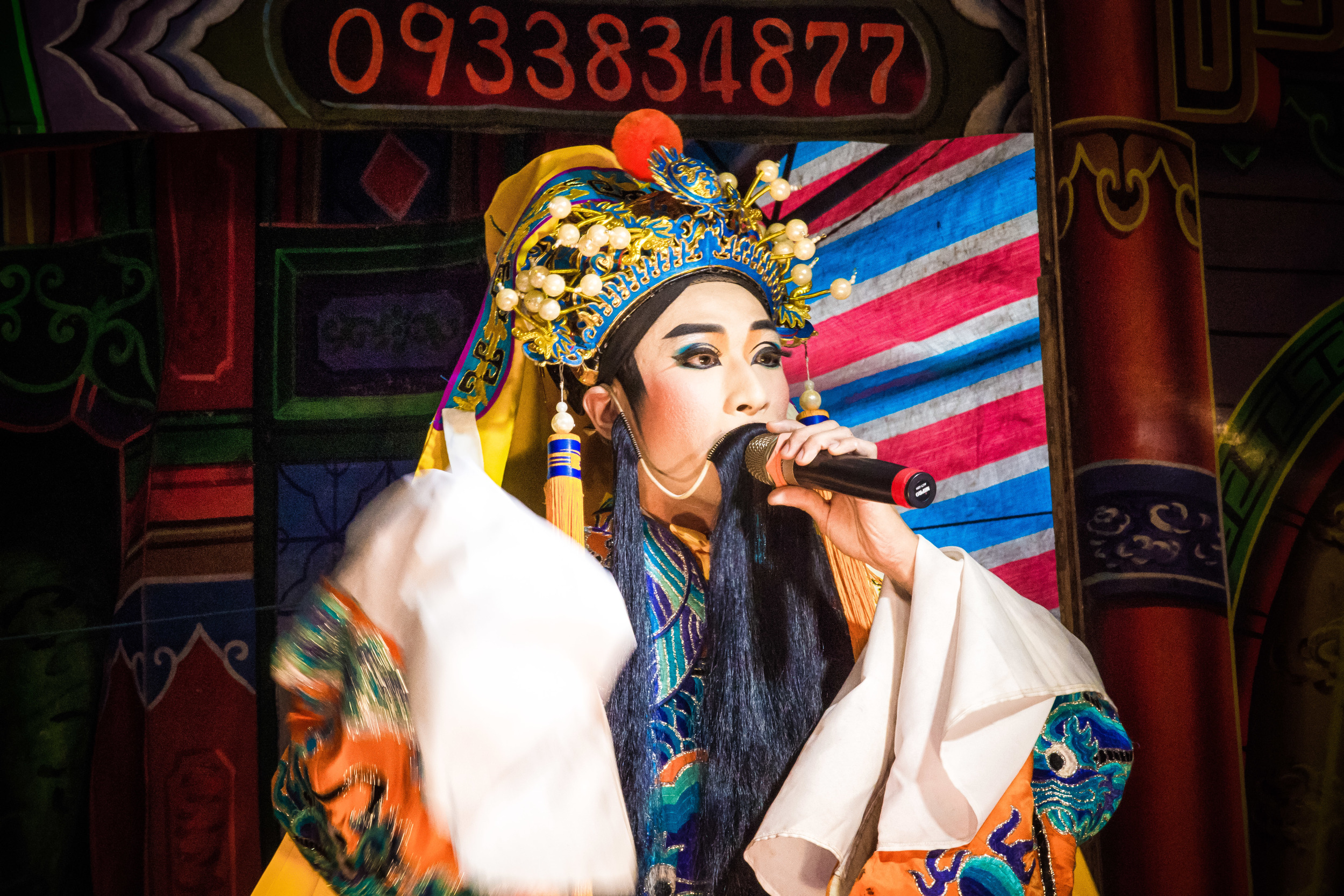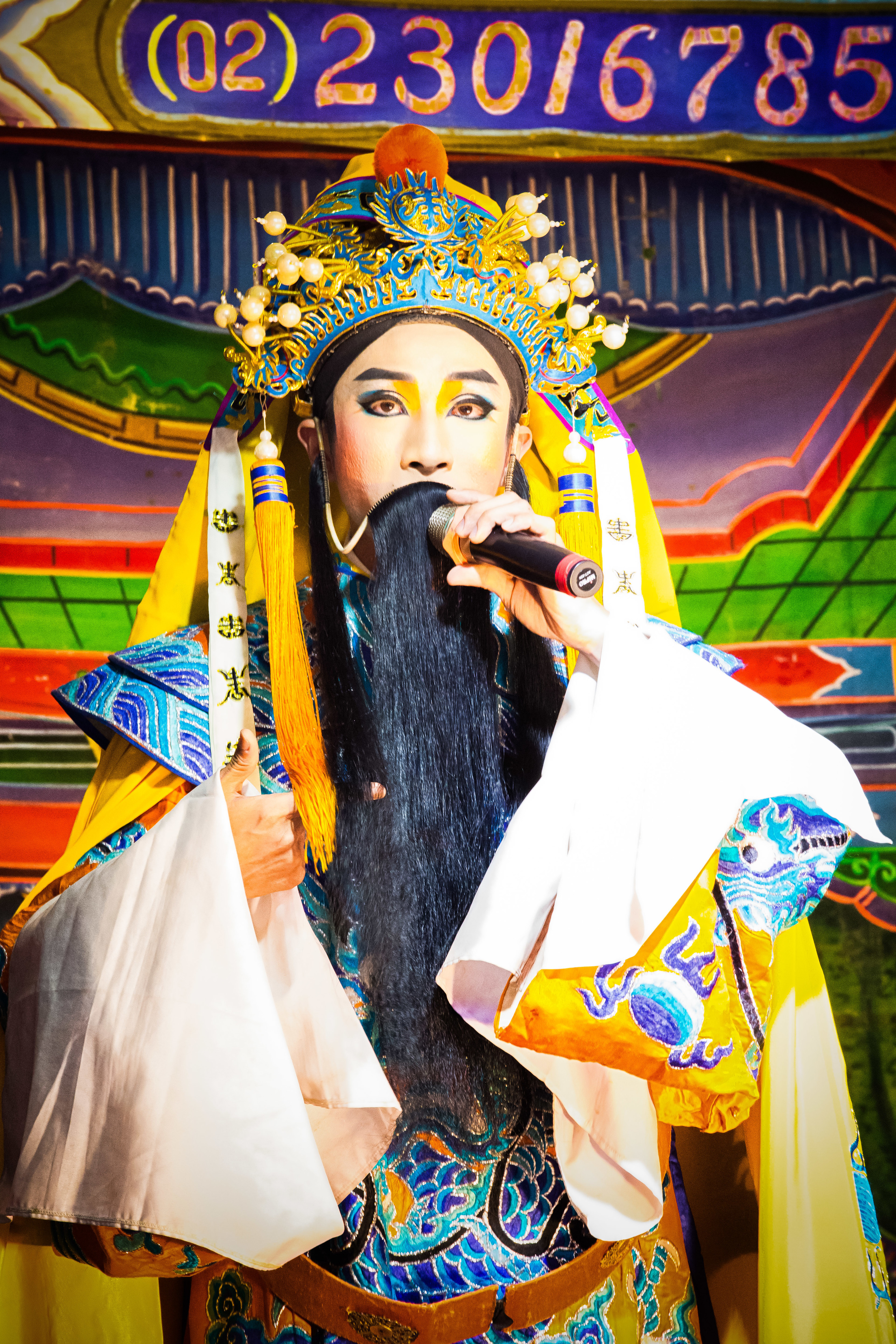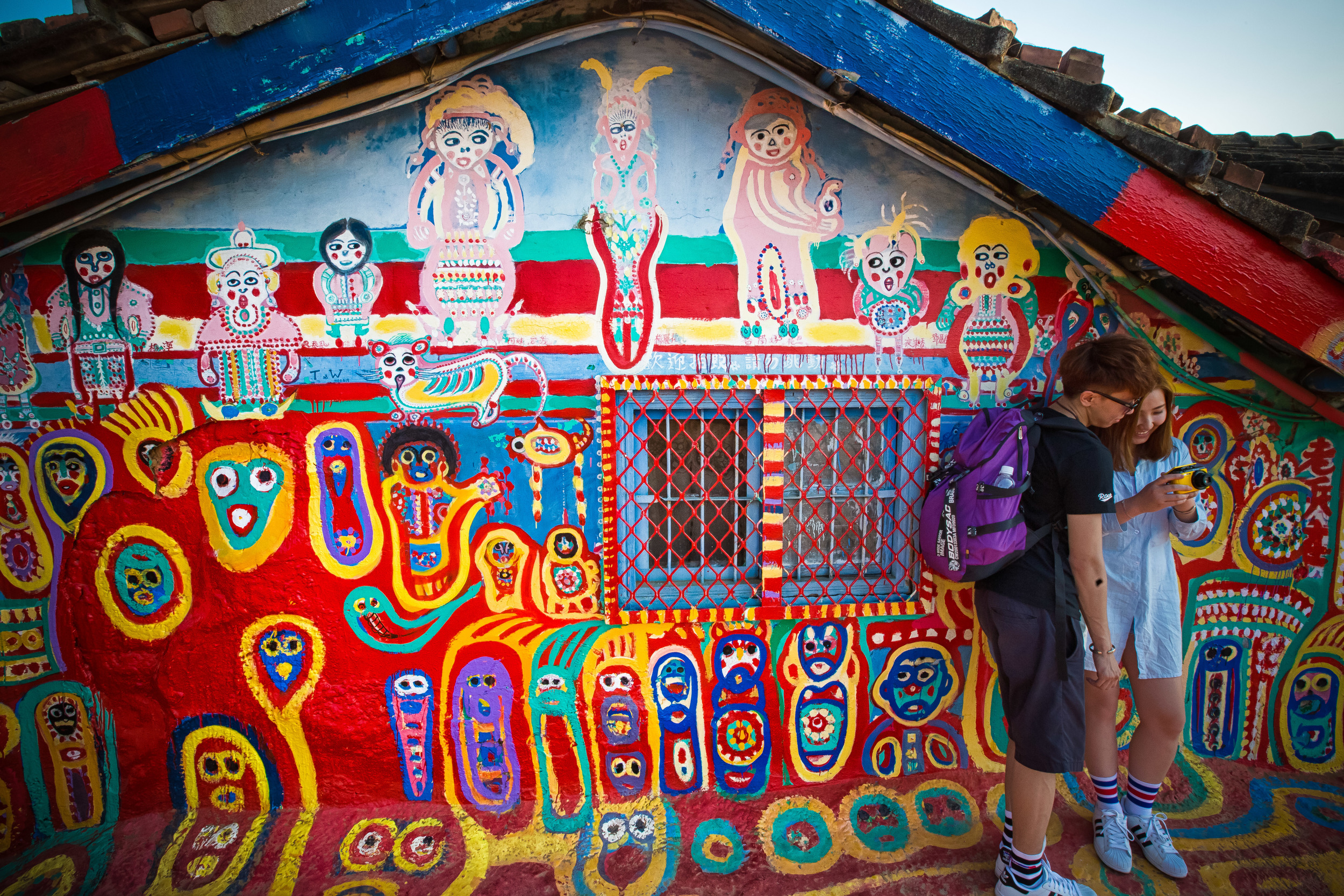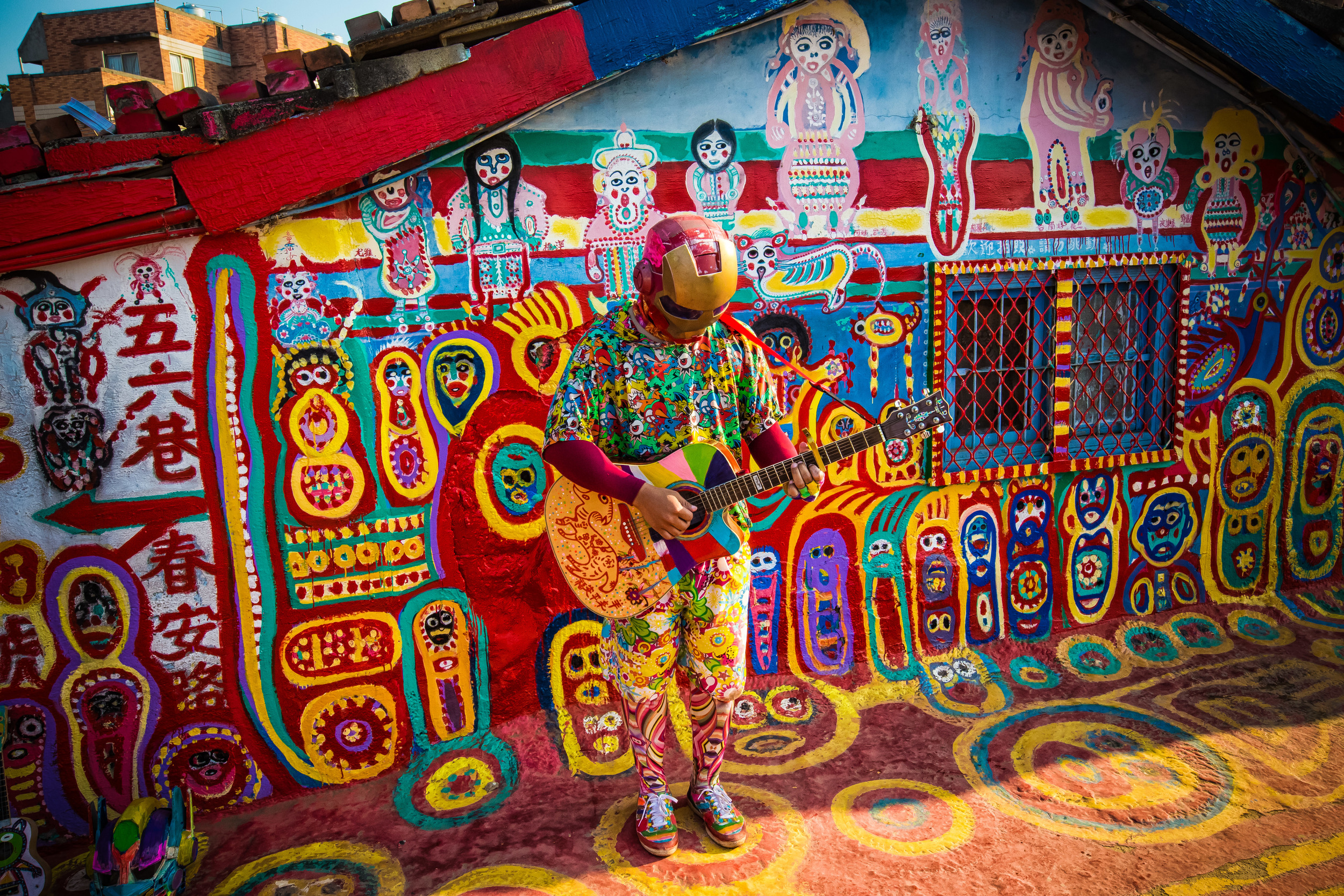I don't go on rants on my blog very often, but here we go -
When you think of things that are uniquely Taiwanese, what comes to mind? Night markets? Bubble tea? Stinky tofu?
I ask this because when most of us think of things that are “Taiwanese”, the first thing that comes to mind is usually food. That isn’t necessarily a bad thing - Taiwan is without a doubt a world-famous food-crazed country, but what else could we present to people coming to Taiwan as something that you can only see here?
I would argue that an excellent example of something that you will only find here is the native theatrical opera which has evolved over the years into an important part of the cultural identity of the country.
There are some people however who insist that the Taiwanese opera is actually not "Taiwanese” at all and constantly refer to it as the "Chinese opera" to fit their own specific narratives.
So here’s an analogy for you: In Canada, the earliest Europeans who arrived a few centuries ago came from the United Kingdom or France. I wonder if any of these people would use this knowledge to accuse me of not being Canadian? Would they say that because my country has influences of British or French culture that we are in fact not Canadian at all? Would they say that maple syrup or our love affair with hockey aren't actually Canadian at all? I highly doubt it.
When it comes to the Taiwanese opera, I don’t think I have to make silly analogies to really prove that the opera is uniquely “Taiwanese”, but due to the precarious situation of Taiwanese-sovereignty this causes some people to have the inability to grasp the concept that the people living here, much like the people living in Canada have formed their own unique identity and cultural institutions that differentiate them from the land where their ancestors hailed from.
With our collective human history, I wonder if we can we truly argue that, just because something has “influences” from another land that it cannot really be a unique and celebrated aspect of another culture?
So, let me talk about the origins of the Taiwanese opera and try to shed a bit of light upon why it is 100% Taiwanese.
It would be silly not to start out by mentioning that China claims sovereignty over Taiwan and despite the reality of the situation (Taiwan being an independent, free and democratic country), the PRC’s claim also includes more than just sovereignty over the land, but also things like Bubble Tea and the Taiwanese opera as their very own.
Taking that into consideration, you might hear people say that since 'Taiwan is actually a part of China', then of course Taiwanese opera is "Chinese." The actual reality of the situation however is completely different and if are living here you should know full well that this is not the case. Taiwan is not a part of China and the People's Republic of China has never held sovereignty over the island or its people.
I suppose the next argument you will see from most of these naysayers is that the Taiwanese opera is influenced by the folk-tales of southern Fujian Province (福建省) in China, which is one of the areas where the early immigrants who came to Taiwan originated.
If your opinion is thus solely based on literature coming out of China, or because the settlers who came to Taiwan centuries ago were “Chinese”, then I would argue that it would be best for you to stop reading propaganda and make an effort to actually attend a performance of a Taiwanese opera troupe and then also one of Taiwan’s various Peking Opera troupes which regularly performs in Taipei so that you can see with your eyes the differences between the two.
One of the most important differences is that the opera here is performed entirely in the Taiwanese language (台語) rather than in Mandarin. A difference in language is probably not enough to prove my argument though, especially since the people I'm ranting about likely speak neither Mandarin nor Taiwanese.
It would be extremely difficult for them to fully understand the poetic complexities and word play of the Taiwanese opera as opposed to styles found in China - but the visual aspects and differences between the two should be more than enough for even the most uninitiated to notice.
Historically, the first recorded instance of any form of opera being performed in Taiwan was in 1624 - From that time on several performance styles and forms of singing and acting were brought to Taiwan by immigrants from various regions of China. The people living here at the time took these various styles and combined them to form their own opera and opera troupes began forming around the country in order to offer some entertainment to the mainly agrarian population.
The Taiwanese opera that we know today originated in what is now Yilan County (宜蘭縣) and while early performances used folk stories from Fujian province, the opera quickly evolved and started using folk-songs and stories that were set in Taiwan and dealt with the sometimes harsh nature of living in the country at the time. These stories have helped to not only preserve historical events on the island, but also act an important educational tool about the cultural heritage of the island.
While the development of the uniquely Taiwanese-style opera is interesting, the history of the opera has been one of survival and adaptation that has seen its popularity rise and decline due to social transformations in the country (Ex: Japanese colonialism, WW2, The Chinese Nationalist takeover and a modern entertainment industry to compete with.)
At the height of its popularity, the opera was performed both on stages inside and outside, as well as on the radio, in movies and on television. One of the main reasons why the opera has been able to survive is due to its ability to adapt and modernize - Which I would argue is an area where the Peking Opera (and its rigid system of rules) has fallen behind when it comes to appealing to modern audiences.
The resurgence of the opera over the last decade is also in part due to the success and hard work of the world famous Ming Hua Yuan Opera Troupe (明華園總團) which is well known for combining intricate performances with modern technology and has made the opera more appealing and accessible to younger Taiwanese as well as promoting Taiwanese culture and art to the global community.
The photos I’m sharing today are not from Ming Hua Yuan, but a small travelling Opera troupe that performs on the roadside during temple festivals or whenever anyone contracts our their services. The cool thing about living in Taiwan, and one of the major differences between this country and China is that it is quite common to see these amazing performances on the road or at temples during festivals.
The opera troupe performing in these shots is the “Hong Ming Opera Troupe” (鴻明歌劇團) which performed a few different operas for a very small audience outside of Keelung’s Lao Da Gong Temple (老大公廟) which I was visiting in order to get shots of the Ghost Gate before Ghost Month finished up.
Roadside opera performances are quite common in Taiwan and while the actors are performing out of a makeshift stage (that they pack up each and every day) they put on excellent live performances with music performed by an in-house band and are always free of charge (or paid for by local temples.)
The Taiwanese opera doesn't rely on high-flying acrobats or high-pitched singing voices like its Chinese counterparts - Performances are often quite laid back and rely on short Haiku-like sentences of five or six words, facial expressions, hand gestures and the imagination of the audience.
If you take away all the modern technology and the radio and television performances, the modern opera continues to be grounded in its grassroots origins and is still faithful to the stories about the simplicity of early life on the island for the immigrants. This simplicity is what continues to make the opera endearing to Taiwanese people and is also indicative of both the history of the country and the cultural identity of the people living here.
The precarious nature of the political situation of this country can be solved another day, but the question as to whether or not the Taiwanese opera is uniquely Taiwanese shouldn't be up for debate by anyone both inside or outside of the country.
I would hope that through this rant, that the people will look at the Taiwanese opera in a different light and respect the people in this country who formed their own style of traditional entertainment and have kept it alive through hard work and dedication.
I will be shooting Ming Hua Yuan, Taiwan's most famous opera troupe next month, so expect some more shots of these great actors and actresses and some more promotion of this important part of Taiwan's culture.
I'm embedding a Youtube video below that explains a bit of the origins of the Taiwanese opera in English and Chinese (with subtitles) and talks a little about the differences between Taiwan's native opera and that of the opera in that other country.
As always, if you have any questions, comments or criticisms, please comment below or get in touch with me through the contact section on the menu below.
Gallery
